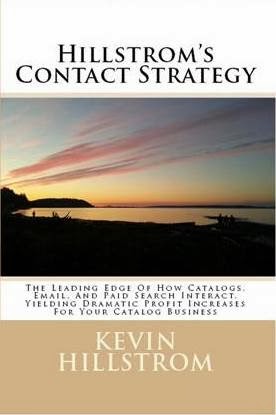And when we don't have enough future winning items, we suffer from a significant lack of merchandise productivity.
And when we don't have the merchandise productivity to support the business, we cannot afford to market to customers as much as we'd like.
And when we cannot market to customers as much as we like, the business fails faster than just the magnitude of the drop in merchandise productivity.
Let's take a look at merchandise productivity.
This is one customer - the optimal strategy identified via Hillstrom's Contact Strategy (click here) is 11 catalogs and 200 email campaigns per year:
This time, I run the simulation with a 10% drop in merchandise productivity. The optimal strategy is reduced to 9 catalogs and 150 email campaigns per year.
My demand tables tell me the following:
- Business as usual = $6.96 from catalogs + email + paid search.
- 10% merchandise productivity drop = $5.64 from catalogs + email + paid search.
A 10% merchandise productivity hit results in a 19% drop in catalog / email / paid search demand. The other half of the demand generated by the customer will have the associated 10% merchandise productivity hit ... so we'll be looking at an approximate 15% drop in customer productivity that comes from a 10% merchandise productivity drop.
Those new items play a much bigger role than we think. We lose the merchandise productivity, which causes us to not be able to market to customers as much, costing us even more demand.
So the next time you think something is wrong with "the customer", go back to merchandise. It's the root of all our problems.





No comments:
Post a Comment
Note: Only a member of this blog may post a comment.